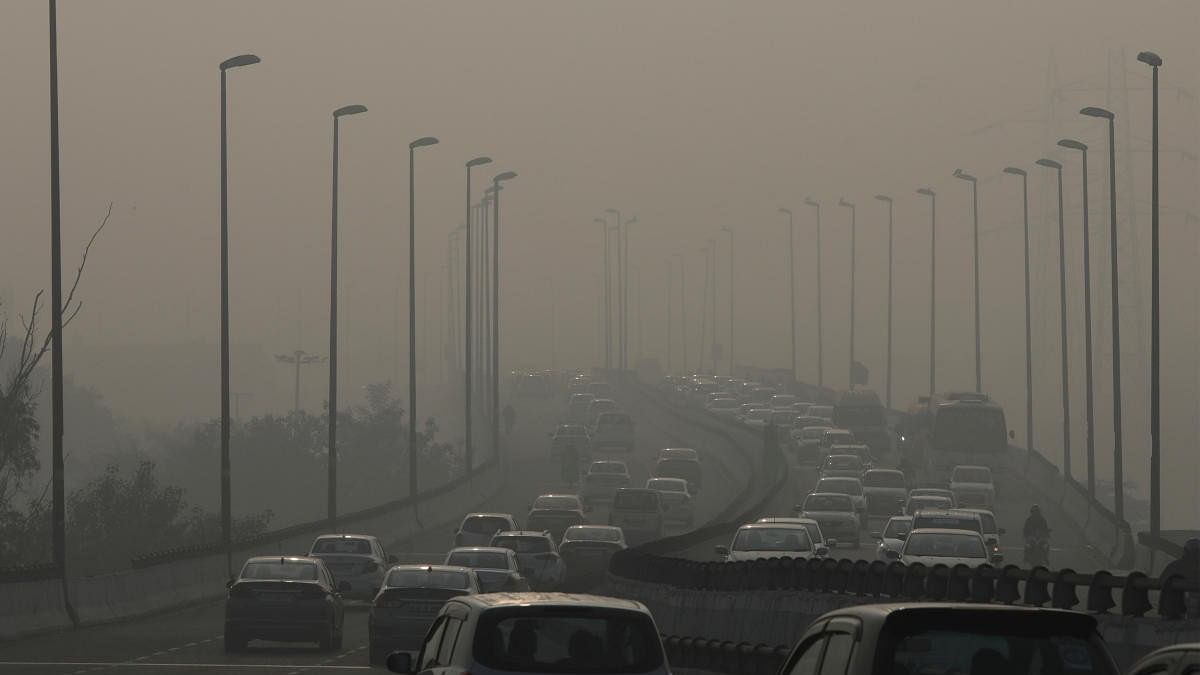
A recent study found that air pollution has consistently exceeded national standards even in summer months.
Credit: Reuters File Photo
Mumbai: While summer in India is considered to have favourable meteorological conditions for cleaner air as compared to the winter months, a study by Climate Trends has revealed that PM 2.5 concentrations across big cities consistently exceed the national standards throughout most days in April and May from 2022 to 2024.
The study attempted to establish the relationship between the concentrations of particulate matter, specifically PM2.5, and background meteorological parameters across five cities of Delhi, Mumbai, Kolkata, Lucknow and Patna.
The presence of particulate matter (PM2.5) in the atmosphere is influenced significantly by meteorological factors like wind speed, rainfall, humidity and temperature, the report said.
Compound exposure to PM2.5 and high heat have severe impacts on human health.
When PM2.5 exposure occurs concurrently with high heat, several synergistic effects can exacerbate health risks like respiratory stress, cardiovascular strain and heat-related illness.
“PM2.5 concentration can be influenced by various factors, including temperature. Extreme temperatures can enhance the photochemical reactions that can lead to the formation of various secondary pollutants, while also influencing atmospheric stability and pollutant dispersion. So while we are alarmed by the record-breaking levels of air pollution in the winter months, the pollution in the summer months could harm us in different ways,” said Dr Palak Balyan, Research Lead, Climate Trends.
"Understanding the interplay between PM2.5 levels and temperature is crucial for developing effective air quality management and public health protection strategies,” added Balyan.
“High levels of pollutants such as PM2.5 and PM10 can exacerbate respiratory conditions, trigger asthma attacks, and lead to cardiovascular problems. We already see vulnerable groups, including children and the elderly, exhibiting heightened signs of these during the winter months, its burden during summer further adds to the risk. Heat waves increase dust pollution adding to the double whammy,” added Dr Harshal Salve, Additional Professor, Community Medicine, AIIMS New Delhi.
The analysis of average daytime and nighttime temperatures from April to May between 2022 and 2024 reveals distinct thermal profiles across major Indian cities. Delhi experienced daytime averages of 34.52 degree Celsius and nighttime averages of 27.12 degree Celsius, while Lucknow recorded 34.95 degree Celsius during the day and 27.92 degree Celsius at night. Kolkata observed daytime temperatures at 32.33 degree Celsius and nighttime at 28.77 degree Celsius, while Mumbai saw averages of 29.72 degree Celsius and 28.28 degree Celsius for the day and night, respectively. Patna registered daytime temperatures averaging 34.41degree Celsius and nighttime temperatures of 28.46 degree Celsius.
“These findings underscore regional temperature variations and provide essential insights into climate dynamics and heat patterns during these months in these urban centres. Understanding this correlation is crucial for assessing air quality dynamics and implementing effective pollution control measures, especially in urban environments where PM2.5 pollution can significantly impact public health,” the report said.